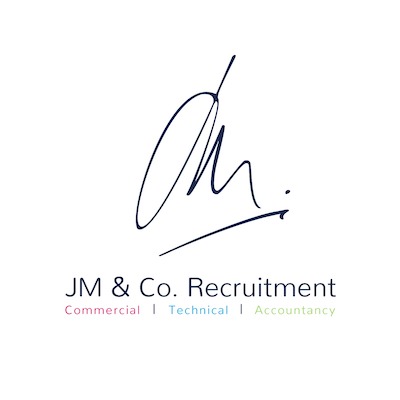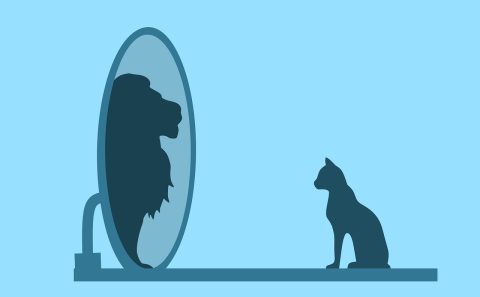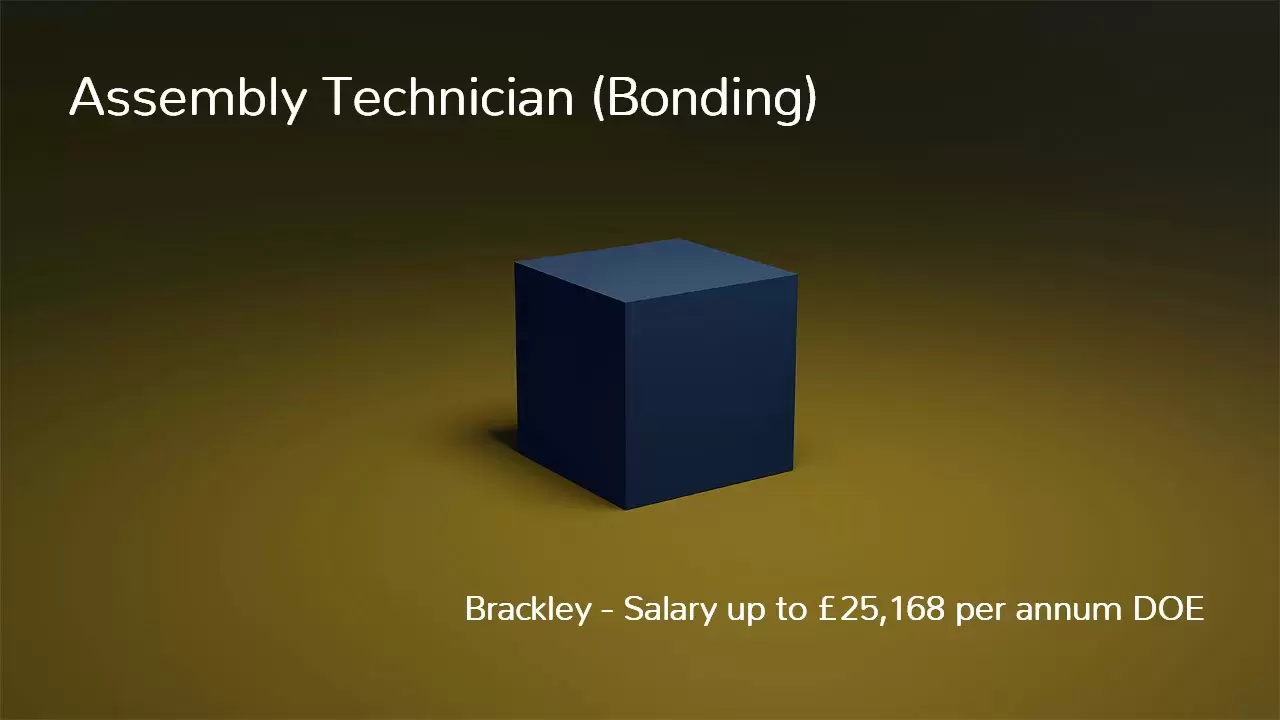Hiring the right employee is a critical decision that can have significant long-term impacts on a business. However, making the wrong hire can be incredibly costly for a company, both financially and operationally. A bad hire can be defined as an employee who is not a good fit for the role or the company culture or lacks the necessary skills or experience which can all lead to a negative impact on team morale and/or productivity. To be clear, a bad hire is not a ‘bad individual’, but more insufficient recruitment processes to appoint the correct person with the required skillset to be successful in a job role or company environment. In this article, we will explore the cost of a bad hire within a business and provide some tips on how to avoid making this costly mistake. Financial cost of a bad hire: One of the most significant costs of a bad hire is the financial cost. Hiring an employee is a costly process, from advertising the job to conducting interviews and onboarding the new employee. If the employee is not a good fit, the company must repeat the entire process, which can be expensive. According to research, the cost of a bad hire can range from 30% to 150% of the employee's salary. The financial cost of a bad hire includes recruitment costs, salary and benefits paid to the employee, and the cost of lost productivity. A bad hire can have a negative impact on team morale and productivity, leading to delays in projects and missed deadlines, which can ultimately impact the company's bottom line. According to the Oxford Economics and Unum, the average cost to replace an employee £30,614, which includes two main factors, The Cost of Lost Output and The Logistical Cost of hiring and taking on a new worker. On average, The Logistical Cost of hiring alone is £5,333 (not including salary). This cost comprises of (on average):
- Management time spent interviewing: £767
- Recruitment agency fees £454
- Advertising the role: £398
- HR time processing a new starter: £196
- Hiring temporary workers: £3618
Operational cost of a bad hire: Another cost of a bad hire is the operational cost. A bad hire can have a negative impact on team dynamics, leading to decreased productivity and increased turnover. The impact of a bad hire on team dynamics can be particularly significant in smaller companies, where team members are closely connected and dependent on each other's work. A bad hire can also have a negative impact on customer satisfaction. If the employee is customer-facing and lacks the necessary skills or experience, they may provide poor customer service, leading to decreased customer satisfaction and potentially lost business. Putting the financial cost to one side, the report realised that there is a significant time implication associated to a bad hire. On average, workers take 24-weeks (in small SME’s, 1-250 workers) to 28-weeks (for larger organisations) to reach optimum productivity, which has an associated cost of £25,181 per employee. However, workers in ‘micro’ businesses (of 1-9 workers), take a shorter time of 12-weeks to reach optimum productivity – however this still equates to 450-480 hours productivity that will need to be absorbed by fewer colleagues. Reputational cost of an unsuccessful hire: A bad hire can also have a reputational cost. If the employee's behaviour is not aligned with the company's values or they engage in unethical behaviour, it can damage the company's reputation. Negative online reviews or social media posts can impact the company's brand and may deter potential customers or employees from wanting to work with the company. Tips to avoid making a bad hire: The cost of a bad hire can be significant, both financially and operationally. To avoid making a bad hire, companies should consider the following tips:
- Clearly define the job role and required skills and experience.
- Conduct thorough interviews and ask open-ended questions.
- Check references and conduct background checks.
- Consider using assessment tools to evaluate candidates' skills and personality traits.
- Involve multiple team members in the hiring process to ensure a good fit with team dynamics and company culture.
Conclusion A bad hire can be costly for a business, both financially and operationally. Companies should take the necessary steps to avoid making this costly mistake by clearly defining the job role, conducting thorough interviews, checking references, using assessment tools, and involving multiple team members in the hiring process. Taking these steps can help ensure that the new employee is a good fit for the role and the company culture, ultimately leading to increased productivity, customer satisfaction, and a positive impact on the company's bottom line. (Ref :JM-23)




